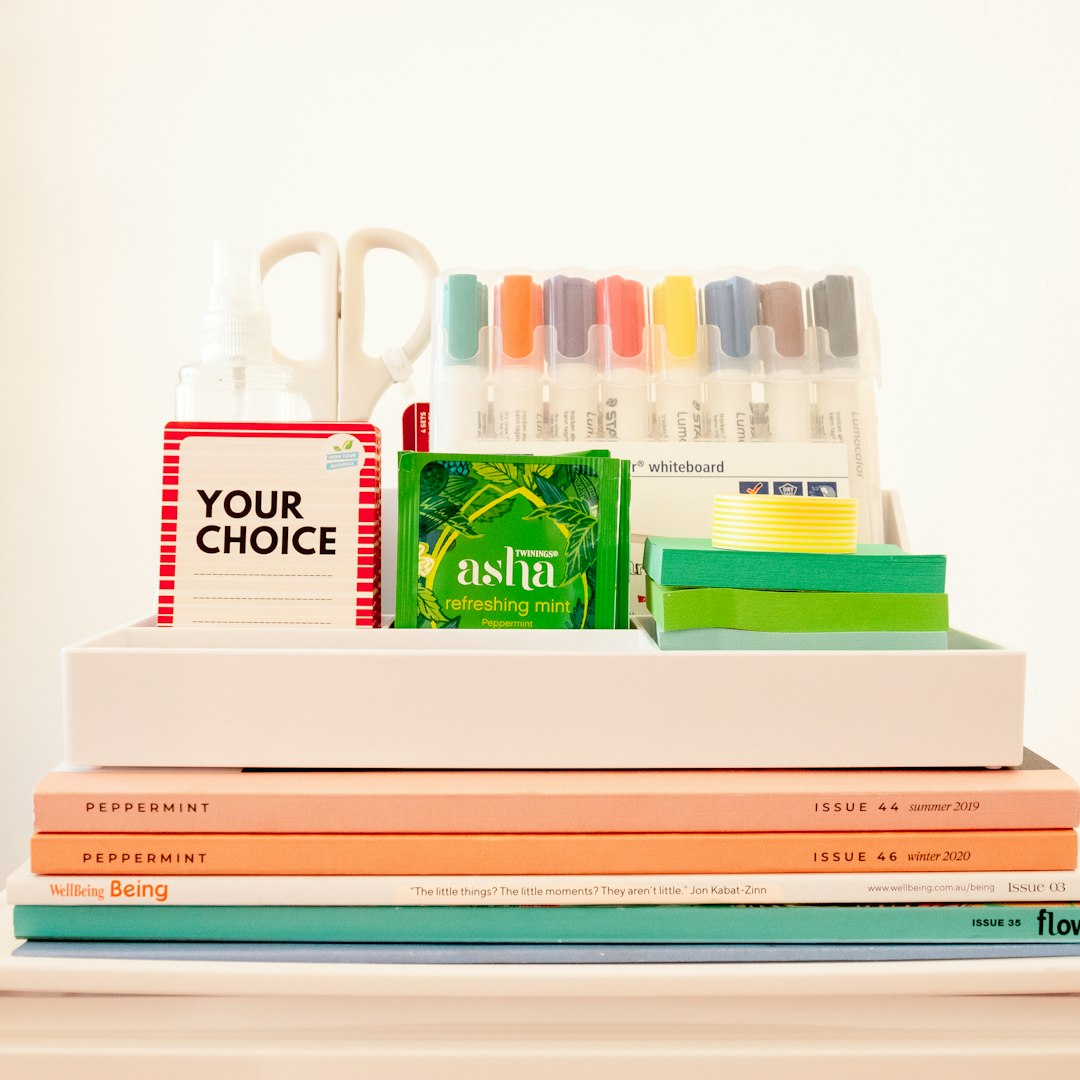Clutter buildup in homes is addressed by identifying clutter hotspots—specific areas prone to overflow—and implementing tailored storage solutions like baskets, bins, and shelves. Common hotspots include entryways, kitchen counters, and media centers. Assessing current storage options and item nature is crucial for effective Home Organization and Decluttering, enabling better access and visibility throughout the space. The process requires commitment and strategic interventions based on item placement and accumulation reasons.
Looking for a clutter-free home but not sure where to start? This comprehensive guide tackles the age-old problem of household disorganization head-on. We’ll show you how to identify cluttered areas, assess your storage needs, and implement powerful organization strategies that keep your space neat and manageable. From categorizing items to establishing regular decluttering routines, discover simple yet effective tips for transforming your home into a serene, productive oasis. Embrace the joy of a clutter-free zone!
- Identifying Clutter Hotspots in Your Home
- – Recognizing areas prone to clutter build-up
- – Assessing your storage options and their effectiveness
Identifying Clutter Hotspots in Your Home
Clutter can accumulate in every corner of our homes, from overflowing bookshelves to a table littered with mail and remembrances. To create a clutter-free zone, start by identifying where it’s most concentrated. Walk through each room, observing patterns and areas that consistently feel overwhelming. Is your bedroom dominated by clothes piled on chairs? Does the kitchen counter top become a landing pad for keys, wallets, and forgotten items? Recognizing these clutter hotspots is the first step towards reclaiming space and achieving a sense of calm.
Once you’ve identified these problem areas, begin tackling them one at a time using proven home organization techniques. Consider implementing storage solutions like baskets, bins, and shelves specifically designed for each hotspot. A dedicated mail sorter by the door can tame paper clutter, while under-bed storage containers can stow away seasonal items or rarely used belongings. Remember, decluttering is an ongoing process, so stay committed to your goal and enjoy the gradual transformation of your clutter-free zone.
– Recognizing areas prone to clutter build-up
Recognizing areas prone to clutter build-up is the first step in achieving a clutter-free home through effective organization. Common hotspots include entryways, kitchen counters, and media centers—spaces where items tend to accumulate due to their high visibility and constant use. Identifying these zones allows for strategic interventions. Start by assessing each area critically: what items are often left out, and why? For example, a cluttered entryway might signal a need for better storage solutions or a designated drop zone for keys, mail, and bags.
In the realm of home organization and decluttering, understanding these patterns is key to creating lasting order. By addressing these specific areas first, you can make significant progress in minimizing clutter across your entire space.
– Assessing your storage options and their effectiveness
When aiming for a clutter-free home through effective home organization and decluttering, assessing your current storage options is a critical first step. Take stock of what you have — from shelves and cabinets to under-bed storage and attics — and evaluate how well they serve your needs. Do your existing solutions facilitate easy access and visibility? Are items easily retrievable when needed? A thorough assessment will highlight areas where storage systems might be inefficient or not tailored to specific item types, guiding your decisions for better organization.
This process involves considering the nature of what you’re storing. For instance, kitchen utensils might be best organized in a dedicated caddy within easy reach, while seasonal clothing could benefit from vacuum-sealed storage bags tucked away in less frequently accessed spaces. By understanding how items are used and stored, you can make informed choices to maximize your home’s potential as a clutter-free haven.
By identifying clutter hotspots and evaluating our storage solutions, we can begin to transform our homes into peaceful, organized spaces. Streamlining these areas and adopting effective home organization strategies will not only reduce clutter but also enhance our overall well-being. Embracing a decluttering mindset allows us to create a calm and serene environment, making everyday life more manageable and enjoyable. Let’s remember that a clutter-free zone is the first step towards a clutter-free home.
